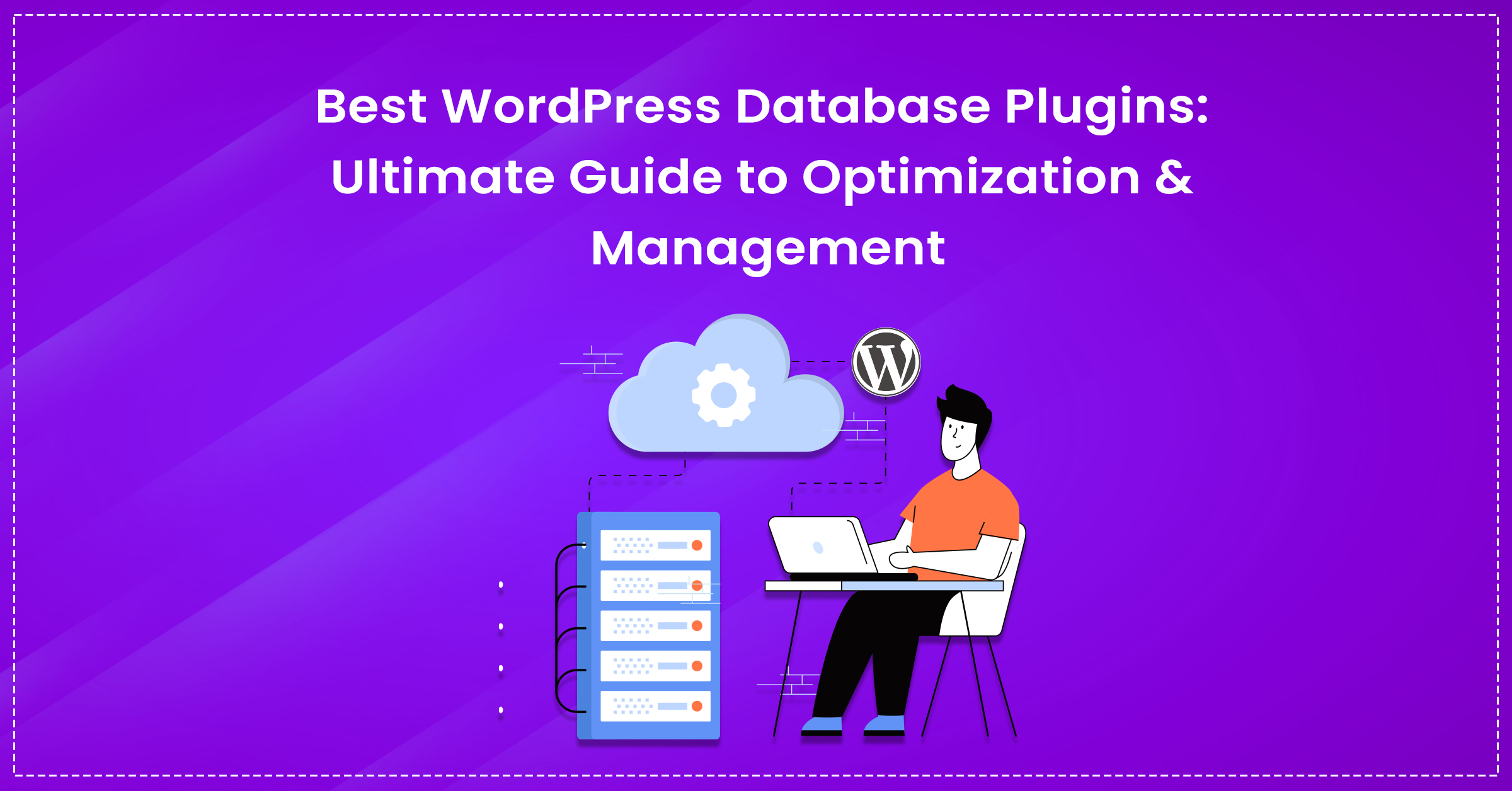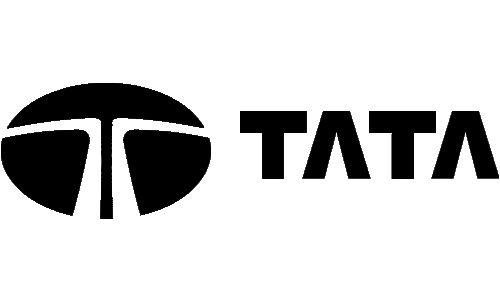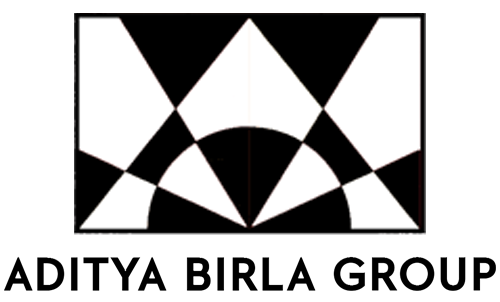Want to stand out in search and improve your rankings? Let’s explore what is Structured Data & why it matters for SEO to boost your visibility the smart way.
If you’re a business owner trying to stand out online, you already know how competitive search rankings can be. The landscape has now changed even more with the evolution of AI. SEO is not just about keywords anymore. It’s about context and how clearly search engines can understand your content. That’s where structured data comes in.
Structured data is a way of organizing information on your website so that search engines can read it more effectively. It’s what powers those rich results you see on Google – star ratings, product prices, availability, images, and more—before anyone even clicks a link.
Imagine someone nearby searches for “croissants.” Do you want your bakery to show up with photos, positive reviews, and price tags, or just as a plain blue link? Structured data helps your business appear more prominently, giving users the confidence to choose you.
And as AI-driven search and answer engines like Google’s SGE or ChatGPT-style assistants become more common, structured data is becoming even more important. These systems rely heavily on well-structured, clearly labeled content to deliver accurate, rich answers – making structured data not just useful, but essential in the future of search.
If you’re doing everything right on the surface – blogging, optimizing keywords, building backlinks, but ignoring structured data, you’re missing a huge opportunity.
In this blog, we’ll break down what structured data is, why it matters, and how you can start using it to boost your visibility, attract more qualified traffic, and drive real results—no tech jargon, just practical insights.
What is Structured Data?
Here’s a definition for you: Structured data is a standardized format for providing information about a webpage’s content.
Let’s think of it like a label on a product in a supermarket. Without a label, you’d have to open the package to know what’s inside. But with a clear label (structured data), you instantly know the ingredients, nutritional facts, and expiration date.
In technical terms, structured data uses schema markup (a code vocabulary) to organize and label website content so search engines can interpret it better.
Instead of making search engines like Google or Bing guess what your page is about, structured data clearly spells it out for them.
For instance, if your page is about a chocolate cake recipe, structured data helps tell them, “Hey, this page contains a recipe, here are the ingredients, cooking time, and reviews.”
Importance of Structured Data
In the vast ocean of websites, structured data helps your site stand out by signalling to search engines, ‘Hey, look at us! We got exactly what you’re looking for!’ In fact, today, Google is looking for websites that answer users’ queries without beating around the bush.
Not yet convinced?
Here’s why you should care about structured data:
- Without structured data, Google has to guess what your page is about. However, with it, you’re giving clear signals. So, it helps search engines understand your content better.
- Structured data can trigger rich snippets – those eye-catching search results with extra info like ratings, prices, or event dates. Thus, it enhances visibility in search results.
- Rich results stand out, making users more likely to click on your link instead of a competitor’s plain listing. So yes, it improves Click-Through Rates (CTR) too.
- As AI-driven search (like Google’s AI Overviews and ChatGPT-style results) grows, structured data helps your content get featured. It should be an integral part of your AEO strategy.
Now, let’s understand the connection between Structured Data and SEO.
You’ll Find This Useful Too: On-Page SEO: The Complete Guide
SEO Benefits of Implementing Structured Data
- Boost Organic Search Results
Structured data doesn’t directly improve rankings, but it helps Google understand your content better. When search engines can easily categorize your page, they’re more likely to rank it for relevant queries.
For example:
- A recipe with structured data (cooking time, ratings, calories) is more likely to appear in the “Top Recipes” carousel.
- A local business with structured data (address, phone, hours) can rank better in local searches.
- Increase Chances of Ranking in AI Overviews, Generative AI Platforms, or Featured Snippets
With Google’s AI Overviews (formerly SGE) and AI-powered search tools like ChatGPT, structured data plays a key role.
- Featured Snippets (position #0) often pull from structured data.
- AI-generated answers rely on well-structured content to provide accurate responses.
If your data is clearly labeled, AI systems are more likely to reference your site as a source thereby driving massive traffic to your site.
- Higher Click-Through Rate
When users see additional details like ratings, prices, or images directly in the search result, they are more likely to click your link. That’s an automatic boost to your click-through rate (CTR).
Rich snippets make your listing more attractive. For example:
- A product with a price and review stars gets more clicks than a plain text link.
- A how-to guide with a step-by-step snippet in results draws more attention.
You May Also Like: SEO for Small Business: The Complete Guide (2025 Updates)
3 Different Types of Structured Data

There are multiple formats for structured data, but the most common ones are:
- JSON-LD (JavaScript Object Notation for Linked Data)
- A JavaScript code block placed in the <head> or <body>of a webpage.
- It is easy to maintain and doesn’t interfere with HTML.
- Microdata
- It is embedded directly into HTML elements.
- Microdata is harder to manage but sometimes used for legacy systems.
- Pro: It works well for static pages but can be messy for dynamic sites.
- Con: Harder to maintain than JSON-LD.
- RDFa
- It is quite similar to Microdata but used in XML and HTML.
- RDFa is less common than JSON-LD.
- Pro and Con: It is more flexible than Microdata but less common for SEO.
Brownie Point: Google highly recommends JSON-LD because it’s cleaner and easier to implement.
What is Schema?
Schema is a universal vocabulary (like a dictionary) for structured data, created through a collaboration between Google, Bing, Yahoo, and Yandex. It provides a shared set of terms that help search engines understand the meaning behind your content—not just the words.
For example:
- If you label a piece of text as a “Recipe”, search engines know it includes ingredients, cooking time, and ratings.
- If you mark up a “Product”, Google can display its price, availability, and reviews directly in search results.
What is Schema Markup?
Schema Markup is the actual code (using Schema.org terms) that you add to your website. It tells search engines:
- this is a product.
- this is an event.
- this is a review.
It works like a labeling system for your content, making it easier for search engines to categorize and display it in rich snippets and AI-generated answers.
Most Popular Types of Schema
There are hundreds of schema types, but here are some of the most useful for SEO:
Schema Type | Use Case |
Article | Blog posts, news articles |
Product | E-commerce products with price, availability, reviews |
Breadcrumb | Shows navigation path (Home > Category > Product) |
FAQ | Frequently asked questions (can appear as an accordion in search) |
How-to | Step-by-step guides (may appear in featured snippets) |
Review/Rating | Product or service ratings (stars in search results |
Event | Concerts, webinars, conferences (shows date/location) |
Local Business | Brick-and-mortar stores (address, phone, hours) |
Recipe | Cooking instructions, prep time, calories |
Video | Helps videos appear in video carousels |
Which Structured Data Can Help Rich Snippets?
In case you’re wondering, rich snippets are advanced search results that display extra information – like star ratings, prices, or FAQs – directly in Google’s search listings. They make your listing more eye-catching, which can boost click-through rates (CTR) and increase organic traffic.
But not all structured data triggers rich snippets. Here are the most effective types that do:
- Product Schema
- It shows product details (price, availability, reviews) directly in search.
- Example: If you search for “best wireless earbuds,” you’ll see listings with star ratings, price ranges, and stock status.
- Pro: E-commerce sites benefit hugely because users can compare products without clicking.
- Review / Rating Schema
- It displays star ratings in search snippets.
- Example: A restaurant with 4.5 stars in Google results gets more clicks than one without ratings.
- Pro: It builds trust and social proof, making users more likely to click.
- FAQ Schema
- It turns FAQs into expandable accordions in search.
- Example: Search “how to fix a leaky faucet,” and you might see a drop-down FAQ from a plumbing site.
- Pro: It increases visibility and positions your site as an authoritative source.
- How-To Schema
- It breaks down step-by-step guides into featured snippets.
- Example: “How to tie a tie” often shows a step-by-step visual right in search.
- Pro: It can steal Position #0 (above organic rankings) for tutorial-based queries.
- Recipe Schema
- It displays cooking time, calories, and ratings in a visual recipe card.
- Example: Search “chocolate chip cookies,” and you’ll see recipes with images and prep times.
- Pro: Food blogs dominate rich results with this markup.
- Event Schema
- It shows event dates, locations, and ticket info.
- Example: Concerts, webinars, and local events appear with key details upfront.
- Pro: It is great for local businesses and event promoters.
- Breadcrumb Schema
- It improves how your site’s navigation path appears in search.
- Example: “Home > Blog > SEO Tips” instead of just a URL.
- Pro: It makes your listing cleaner and easier to understand.
How to Implement Structured Data on Your Website? A Simple 5-Steps Process

Alright, now you know what structured data is and why it matters. But how do you actually add it to your website?
- Choose the Right Schema
First, figure out which type of schema is relevant to your page. For example, if you’re a food blogger, use Recipe schema. If you’re selling products, go for Product schema. Moreover, you can always use Google’s Structured Data Markup Helper to understand which schema is right for your page.
- Generate JSON-LD Code
- Once that’s done, go to Schema.org or Google’s Markup Helper.
- Next, select your schema type and enter details (e.g., product name, price).
- Lastly, copy the generated JSON-LD code.
- Add JSON-LD Code to Your Page
Once you have your code, paste it in the <head> or <body> section of your HTML. JSON-LD is clean and doesn’t interfere with your page layout.
If you use a CMS like WordPress, there are plugins (like Rank Math, Yoast, or Schema Pro) that make this process super easy.
- 4. Test It
Before going live, test your markup using:
- Google’s Rich Results Test
- Schema Markup Validator
These tools will tell you if there are any errors or missing fields.
- Monitor and Maintain
After implementation, keep an eye on your Google Search Console. It will show you how many pages are using structured data and flag any issues.
Also, remember that structured data isn’t a one-and-done task. Update it when your content changes. For example, if a product goes out of stock or you change your event date, update the schema too.
Read More: How to Use GSC Enhancements for Better SEO: A Detailed Guide
Conclusion
Structured data may appear to be technical but it has a strong influence on how your site ranks in search. It’s like giving your content a commanding voice in a crowded room.
When implemented correctly, structured data helps you rank higher in search results, boosts your click-through rates, and prepares your site for the future of search – voice, AI, and interactive experiences.
So, if you have a blog, an e-commerce site, or a business site, structured data is your silent SEO superstar. If you’re looking for expert help to improve your site’s visibility, head over to our SEO services to claim your free website audit and tap our AEO services for richer visibility on voice assistants and AI answer engines. Get in touch with us to boost rankings and reach the right audience.
FAQs
People are asking precise questions on AI LLMs. Structured data helps AI powered engines extract precise answers from your content. By clearly labeling key elements, it increases your chances of being featured in instant answers, voice searches, and interactive AI responses.
Not necessarily. Tools like Google’s Markup Helper and WordPress plugins (e.g., Yoast, Rank Math) make it easy for non-tech users to add and manage structured data without touching code.
It depends on your business goals. For e-commerce – Product, Review, and Breadcrumb. For blogs – Article, FAQ, and HowTo.
Use tools like Google Rich Results Test, Schema Markup Validator, or browser extensions like Structured Data Testing Tool to inspect competitors’ pages and analyze their markup strategy.















